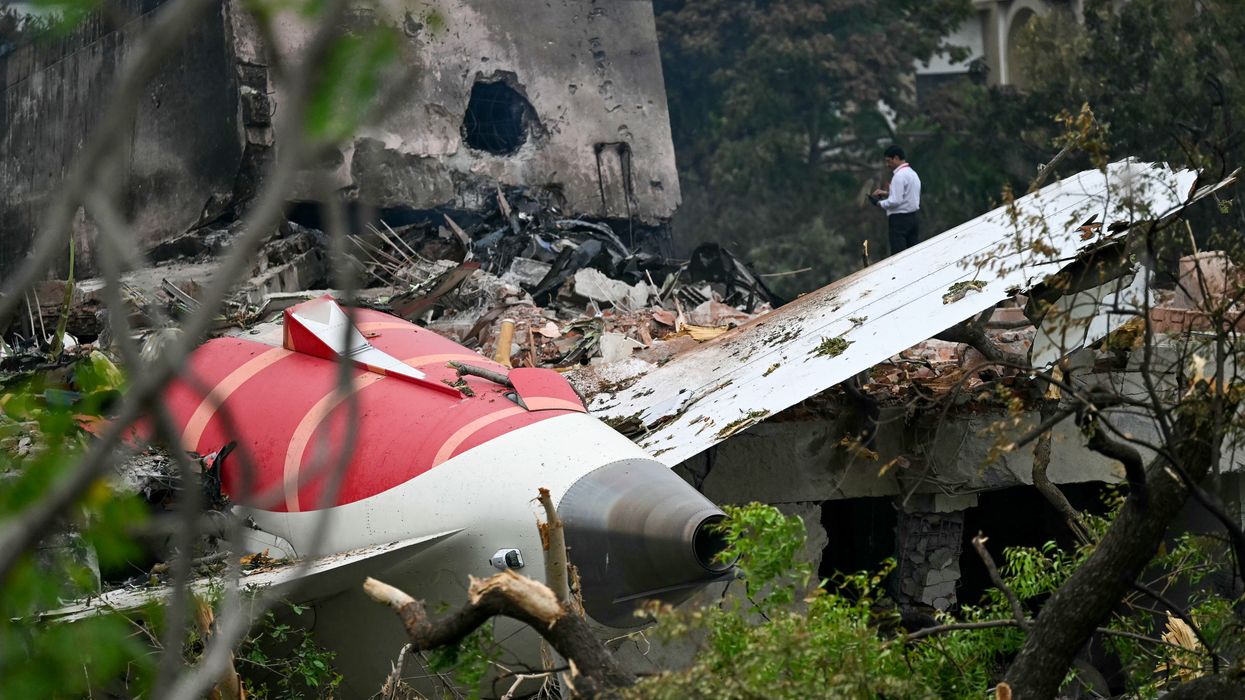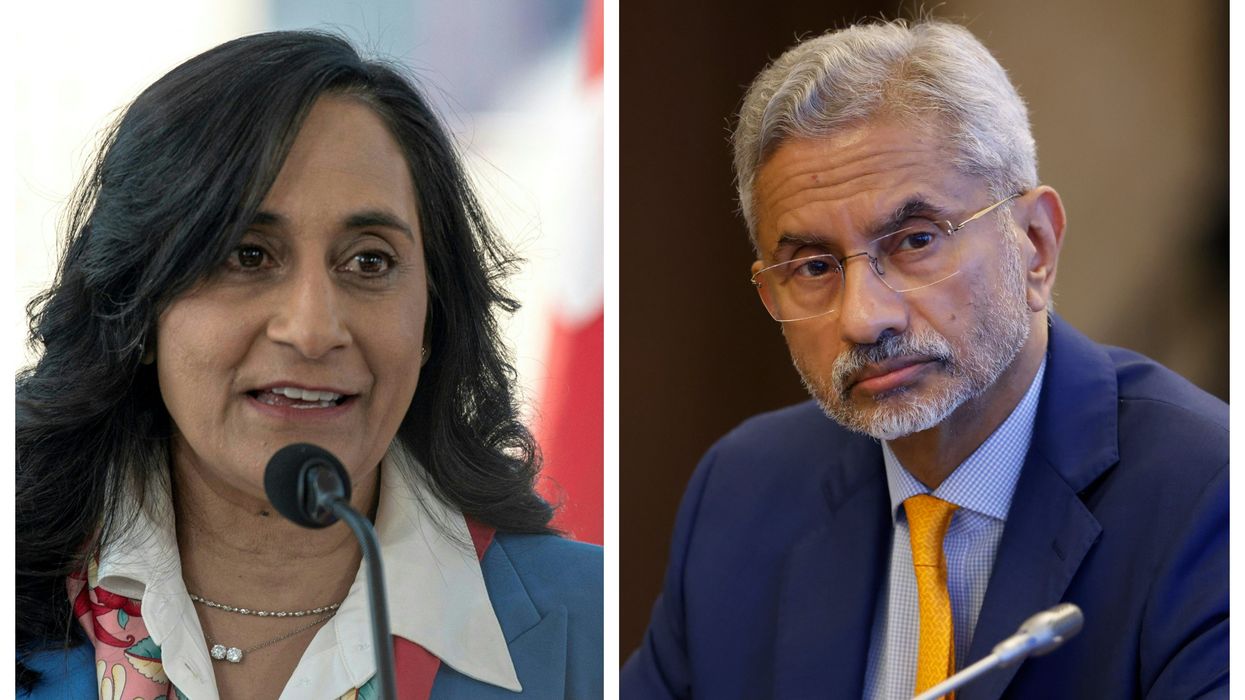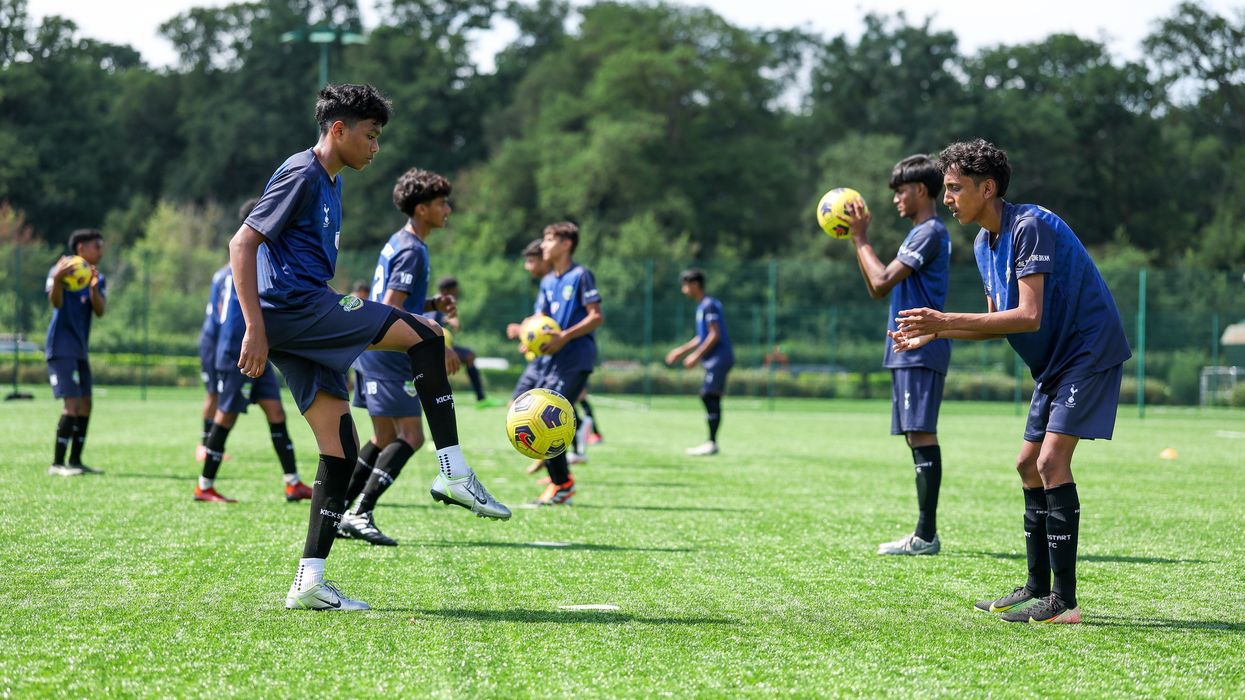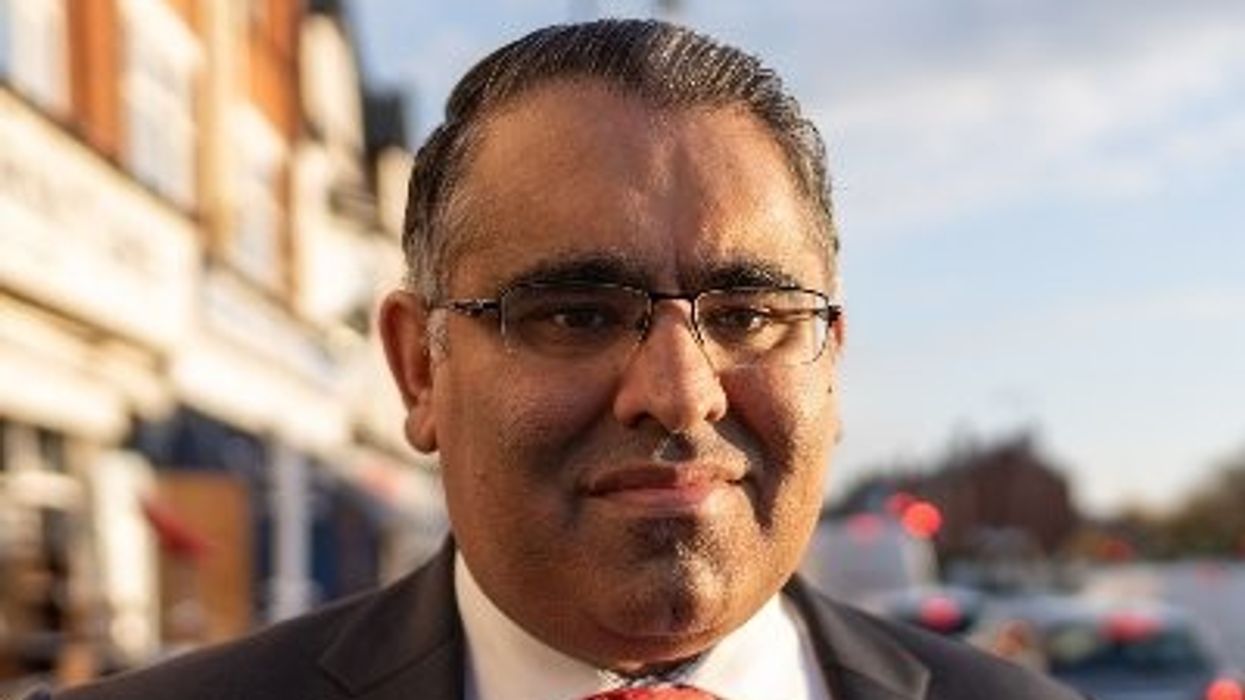By Amit Roy
THE Mountbatten family’s possessions, among them Indian treasures, fetched £5.6m at a Sotheby’s auction in London last Wednesday (24).
The items – jewellery, furniture, paintings, sculpture, books, silver, ceramics and Objet d’art – had mostly been bequeathed to Patricia, the elder daughter of Lord Louis Mountbatten and his wife, Edwina, who were the last viceroy and vicereine of India, respectively, at the time of the transfer of power in 1947.
Patricia exceptionally inherited the title, the 2nd Countess Mountbatten of Burma, by virtue of being her father’s daughter. She was married to film producer John Brabourne, the 7th Baron Brabourne, whose credits include the David Lean-directed A Passage to India (1964) and the Agatha Christie adaptations, Murder on the Orient Express (1974) and Death on the Nile (1978). He died in 2005. Patricia died at Newhouse, her home in Mersham, near Ashford, Kent, on June 13, 2017.
On the sale of the Indian items, Sotheby’s head of sale, David Macdonald, told Eastern Eye: “The Mountbattens were a family that had very close ties to India – and, in fact, Patricia’s father-in-law, the 5th Lord Brabourne, was also a former Viceroy of India. So, there are connections on both sides. It is perfectly understandable then, that when they got married, Patricia and John chose to spend several months honeymooning in India. And we were lucky enough that this week’s auction was dotted with objects that help tell the family’s extraordinary story in India.”
In all, there were 1,400 bidders from 55 countries for auction, named “Newhouse: property from the family collection of the late Countess Mountbatten of Burma”.
For the 376 lots auctioned, no fewer than four auctioneers were needed because the sale lasted 11 hours. Anonymous bidders won the Indian items, which will probably never be seen again.
John’s father, Michael Herbert Rudolf Knatchbull, the fifth Baron Brabourne, served for four months as India’s youngest viceroy in 1938. He is buried in Calcutta (now Kolkata). The Brabourne cricket stadium in Bombay (now Mumbai) and Lady Brabourne College in Calcutta are named after the family.
Macdonald said: “The most valuable of the India-related items is the exquisite 18th-century Anglo-Indian Chippendale Indian bureau, for example, an heirloom passed down through the Knatchbull side of the family. This is a great emblem for the auction as a whole because it encapsulates the passion for craftsmanship that runs through the sale.”
This sold for £69,300. “A pair of exquisite gold and enamel elephants made in Jaipur were a gift from Lord Mountbatten to his wife Edwina on their 24th wedding anniversary – perhaps honouring the fact that they actually got engaged in India in 1922,” Macdonald pointed out.
The elephants fetched £34,020. “Provenance doesn’t get much better than this, and I am not surprised that they were so popular with bidders in the sale, making 14 times the estimate.”
“I also wanted to mention one of my favourite lots in the sale: when the Brabournes were in India in the early 1930s, they were gifted a silver model of an airplane, which really is quite a fascinating object. It sold for £10,080, ten times the estimate.
“And, finally, making more than six times the estimate, is also a pair of striking silver equestrian figures depicting ‘The Viceroy’s Bodyguard’, a regiment with a history which continues today as ‘The President’s Bodyguard’. These were models commissioned to mark Lord Brabourne’s period of office as Viceroy. They were sold for £32,760.”
There are several other intriguing Indian items. An Indian polished steel presentation padlock and key for the Bel-Air Sanatorium, Panchgani, dated April 20, 1935, sold for £1,638. It was “Presented to Their Excellencies The Governor and Lady Brabourne” by Dr Rustomji Billimoria. The sanatorium was established in 1912 as a hospital and clinic for tuberculosis patients. Seven “polychrome enamelled boxes, North India, late 19th or early 20th century, sold for £2,772. They were probably used as cigarette cases, two with internal mirrors for cosmetic use, the exteriors all profusely decorated with scrolling floral designs and birds.”
There were a number of caricatures. One, depicting “Bhupinder Singh, Maharaja of Patiala”, in watercolour and gouache, was signed by the sitter and artist and dated November 19, 1935. He was wearing an MCC touring blazer “which featured a distinctive George & Dragon badge, and ‘bacon & egg’ red and yellow double piping”. This fetched £2,520.
An Indian silver presentation casket from 1934, with stereoscope and 24 stereo photographic views of India, sold for £4,788. It was made by VR Ashonkar, of Poona, and gifted to Lord Brabourne, who was then the governor of Bombay.
Various odd items, called the “Brabourne Indian souvenirs, collected or presented in the 1930s”, sold for £756.
Macdonald said an auction like the Mountbatten one, “with its heady mix of history and glamour, does not come up very often, and so it has been a truly special experience to be a part of. Over the course of the last two months, it has been wonderful to see Lady Mountbatten’s collection received so rapturously by people from all over the world, culminating in the sale where her belongings found brand new homes where they will be treasured for years to come – a fitting tribute to her legacy of courage, grace and, above all, warmth”.
Patricia’s children explained their decision to sell their mother’s possessions.
Lady Joanna Knatchbull, Patricia’s eldest daughter, told a newspaper: “My father died in 2005, and my mother started thinking about what was going to happen after her death, which was typical of her.”
While at Newhouse, priceless jades had sat on coffee tables next to children’s artwork; it was clear the Knatchbull children would not have room in their own homes to divide their mother’s possessions between themselves. “She thought it would be a nice thing to share these lovely objects with other people,” said Joanna’s brother, the Hon Michael-John Knatchbull. “We’ve had the privilege of enjoying them, and now they can have a life with other people.”

















